President Donald Trump is pressuring G7 allies to impose tariffs of 50–100% on India and China for their continued purchases of Russian oil. The proposal was discussed during a G7 finance ministers' video call on Friday, September 12, 2025.
Key Facts
- US Treasury Secretary Scott Bessent and Trade Representative Jamieson Greer urged G7 nations to match Washington's tariff measures.
- The US has already imposed 50% total tariffs on Indian imports (25% baseline + 25% penalty) over New Delhi's Russian oil purchases.
- On Fox News, Trump admitted the tariffs have caused "a rift" with India but defended them as necessary to cut Moscow’s oil revenues.
Background and Strategic Context
Trump’s push follows Vladimir Putin’s refusal to advance peace talks after their Alaska meeting last month. The administration’s line is that India and China — Russia’s biggest oil customers — are "funding Putin’s war machine" through discounted crude deals.
Washington frames this as part of Trump’s "Peace and Prosperity Administration" strategy to force Moscow into negotiations.
Official Statements
- US Treasury Spokesperson:
- "Chinese and Indian purchases of Russian oil are funding Putin's war machine. If Europe is serious about ending the war in their backyard, they need to impose meaningful tariffs that will be rescinded the day the war ends."
- Bessent & Greer Joint Statement:
- "Only with a unified effort cutting off revenues at the source can sufficient economic pressure be applied."
- Canadian Finance Minister François-Philippe Champagne: confirmed ministers would consider "further measures to increase pressure on Russia."
International Reactions
- China: Foreign Ministry spokesperson Lin Jian rejected the proposal, saying Beijing was not a party to the conflict and called tariffs a "tool of hegemony."
- European Union: cautious, with officials highlighting the risks of retaliation from Beijing and pushback from Hungary and others on Russian energy bans.
- India: No official response yet, but Trump himself admitted the move has strained relations.
Economic and Political Impact
- Economic: India–G7 trade stands at about $248 billion, meaning tariff escalation could hurt both sides. Ongoing US–India trade talks may stall.
- Political: The "rift" highlights diplomatic fallout even among allies.
- Strategic: This marks an unprecedented use of secondary sanctions via allied tariffs, potentially reshaping future trade-security policy.
Global Implications
- European energy security remains vulnerable as some EU states still import Russian supplies.
- Tariffs risk pushing India and China closer to Moscow, weakening Indo-Pacific strategy goals.
- Success hinges on unanimous G7 backing — far from guaranteed.
FAQs on Trump’s G7 Tariff Proposal
Q1. Why is Trump urging the G7 to impose tariffs on India and China?
Trump argues that India and China’s purchases of discounted Russian oil are helping fund Moscow’s war in Ukraine. The tariffs are meant to apply economic pressure on Russia by reducing its oil revenues.
Q2. How high are the proposed tariffs?
The US is pushing G7 allies to impose tariffs ranging from 50% to 100% on imports from India and China linked to Russian oil trade.
Q3. Has the US already imposed tariffs on India?
Yes. The Trump administration has placed a 50% tariff on Indian imports, made up of a 25% baseline tariff plus a 25% penalty targeting Russian oil purchases.
Q4. What is the impact on US–India relations?
Trump admitted the move has caused a “rift” with India. Analysts warn that these tariffs could harm ongoing trade negotiations and weaken bilateral ties.
Q5. How has China responded?
China strongly rejected the proposal, calling tariffs a “tool of hegemony.” Beijing insists it will continue to make energy decisions based on its own national interests.
Q6. What is the European Union’s position?
The EU is cautious. While some members support pressure on Russia, others fear economic retaliation from Beijing and disruption of trade ties with India and China.
Q7. Could this push India and China closer to Russia?
Yes. Experts suggest the tariffs could backfire by pushing India and China into deeper energy and strategic partnerships with Moscow.
Q8. What happens if the G7 agrees to the tariffs?
If G7 nations align with the US, it would represent an unprecedented use of secondary sanctions, potentially reshaping global trade and energy dynamics.

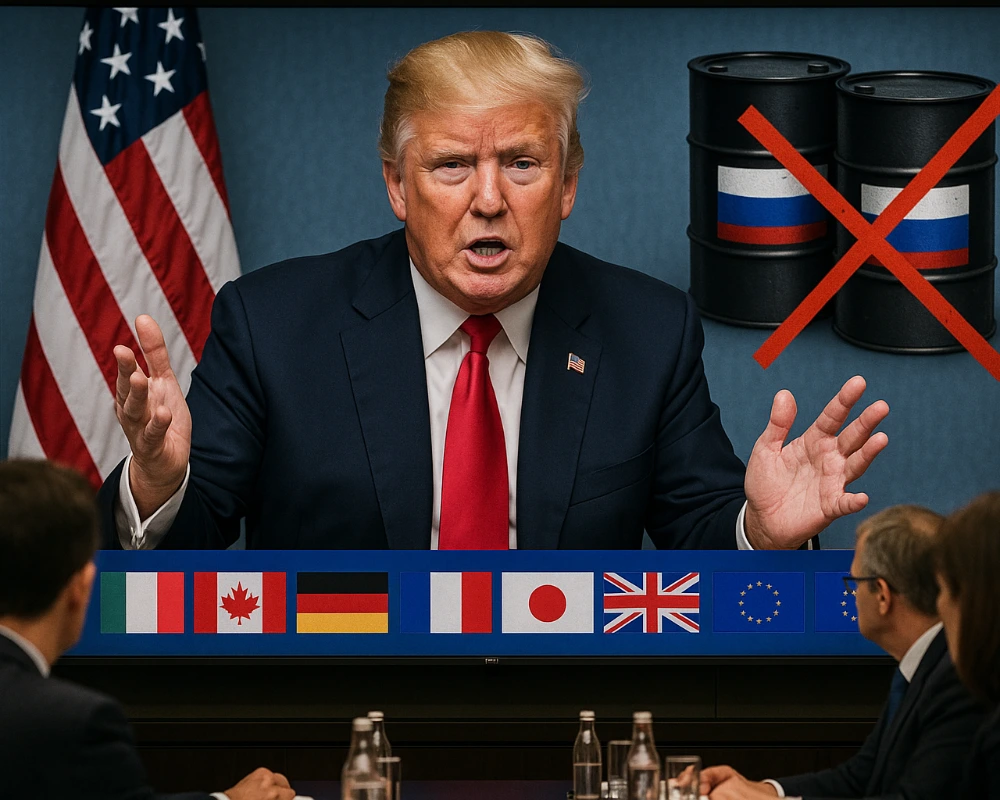
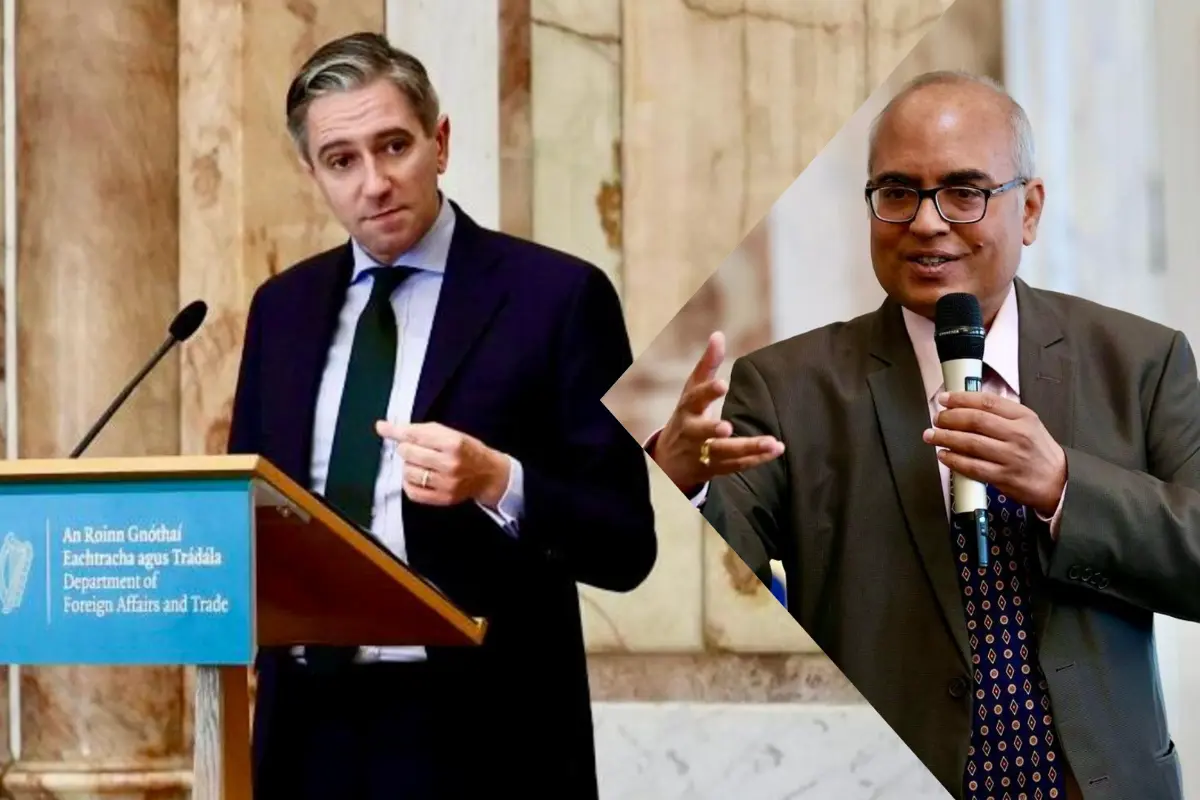
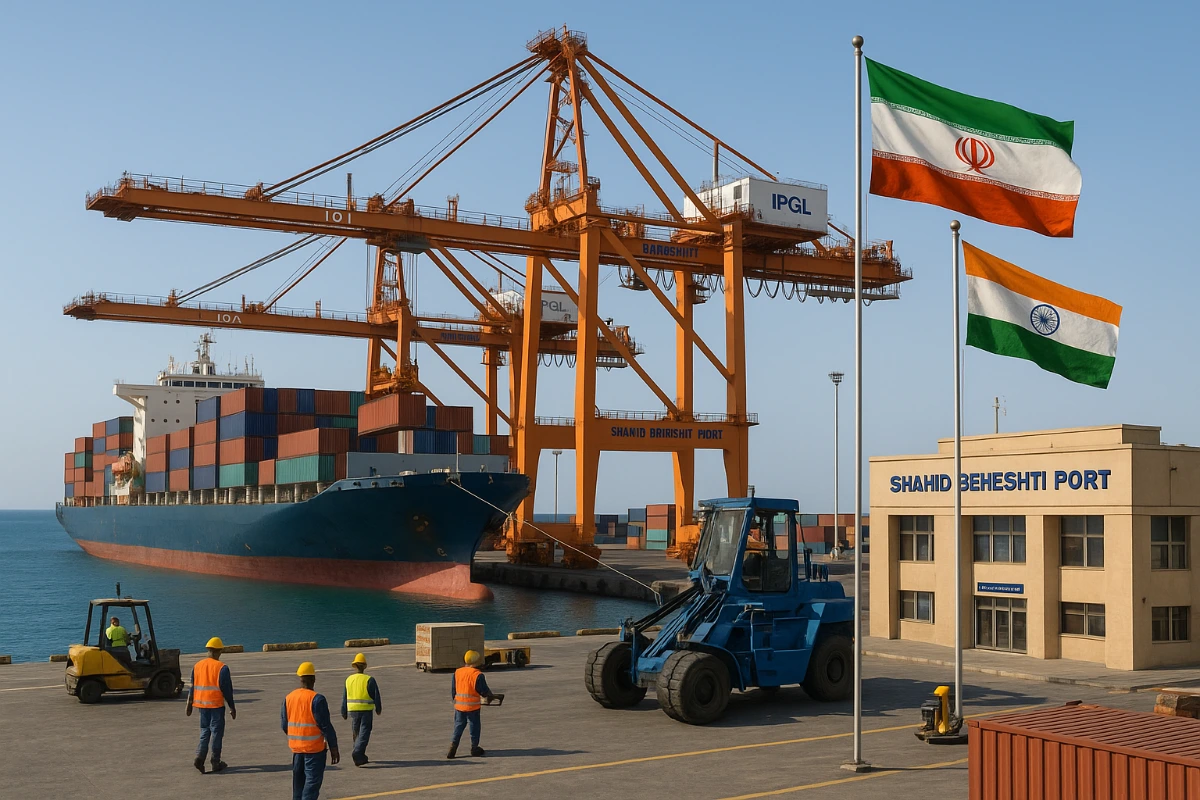
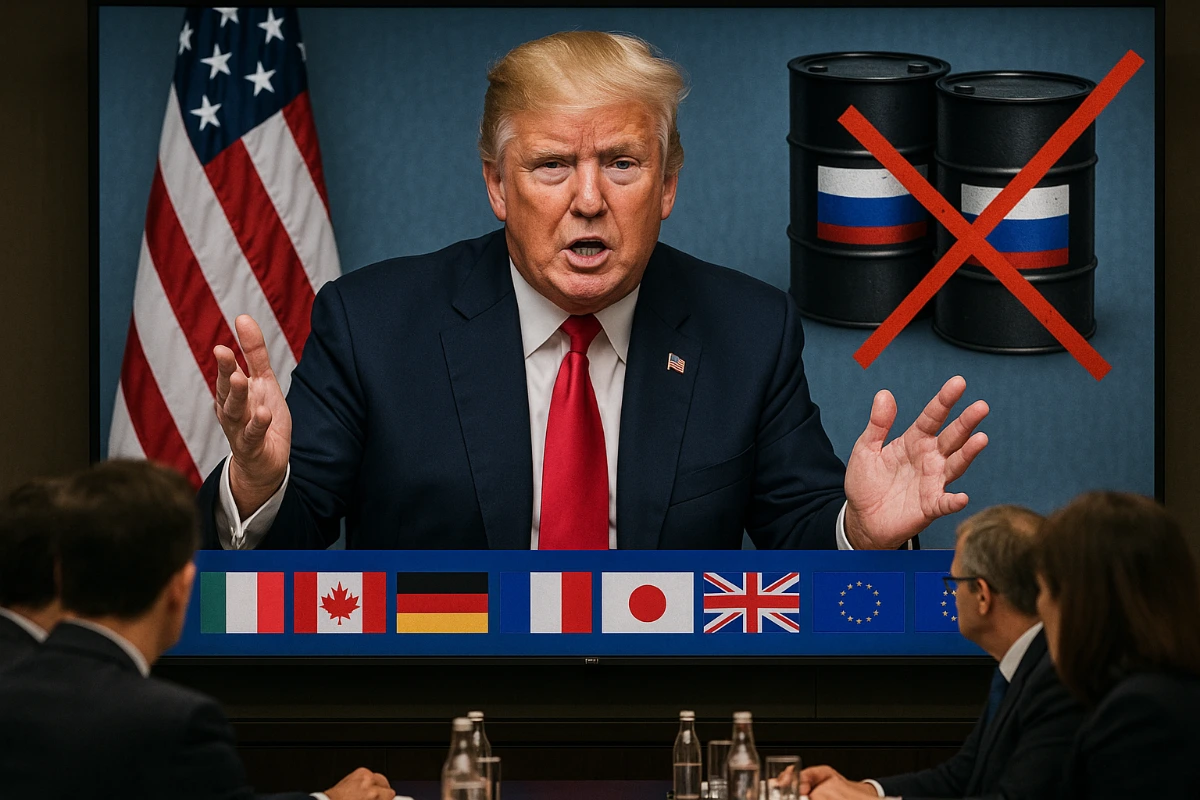
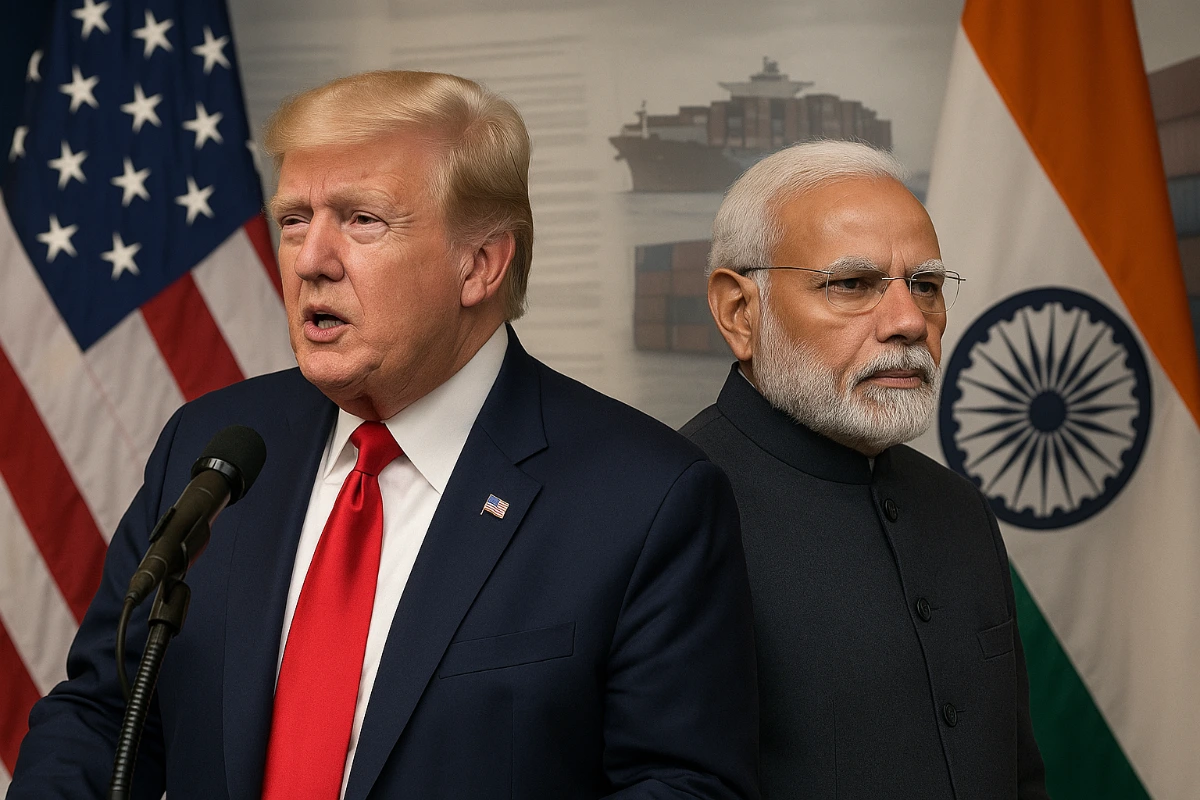

Leave a Reply